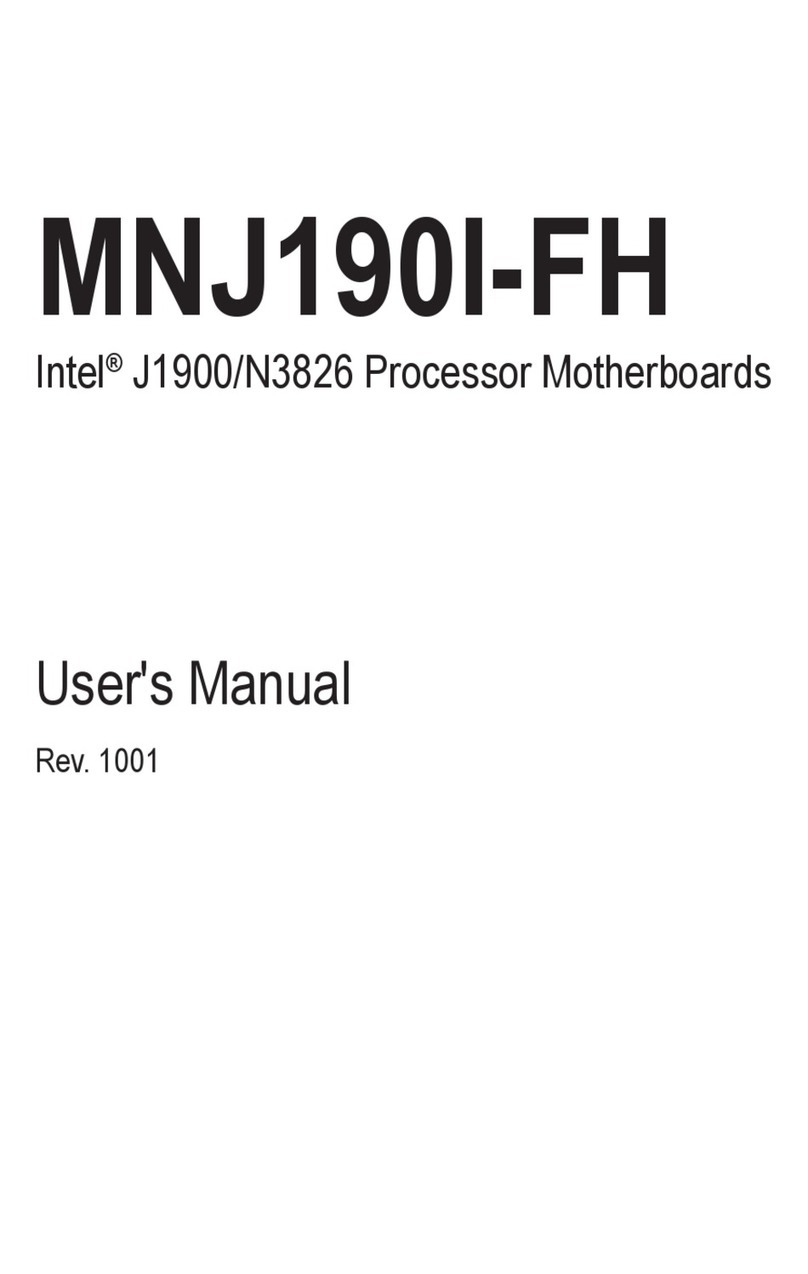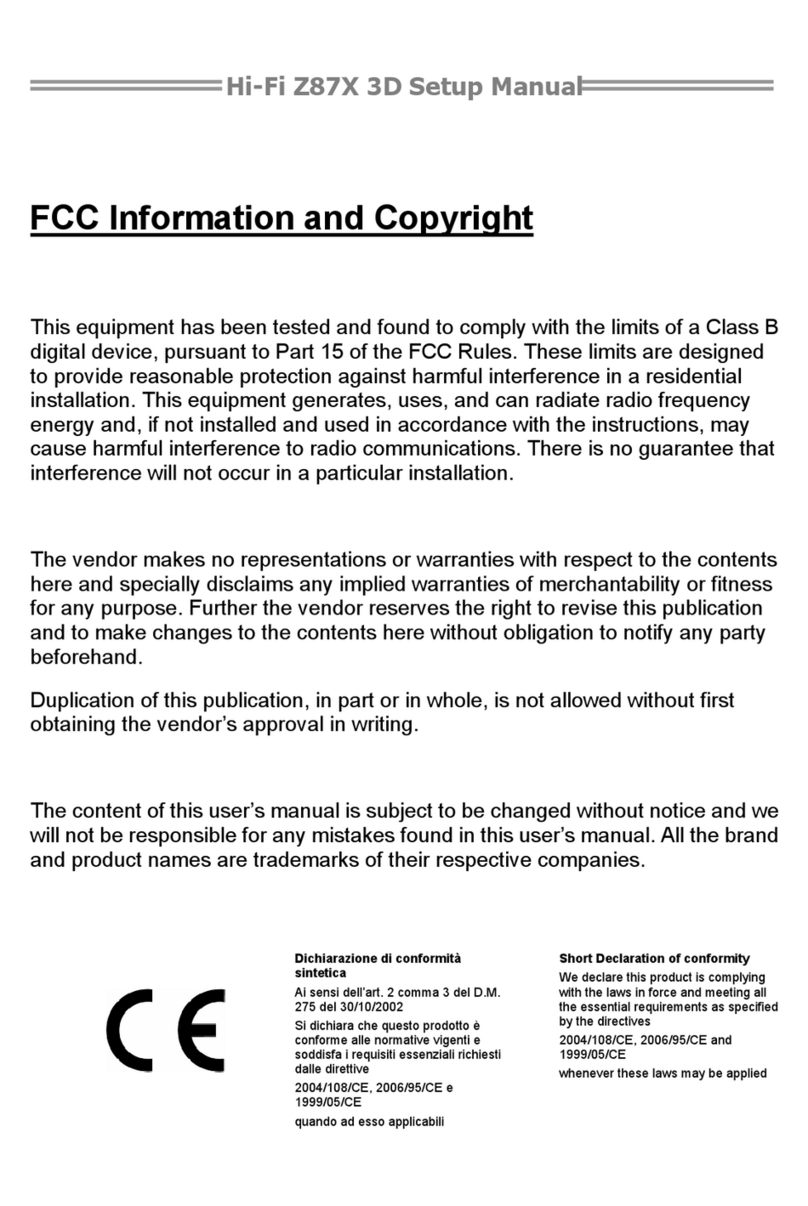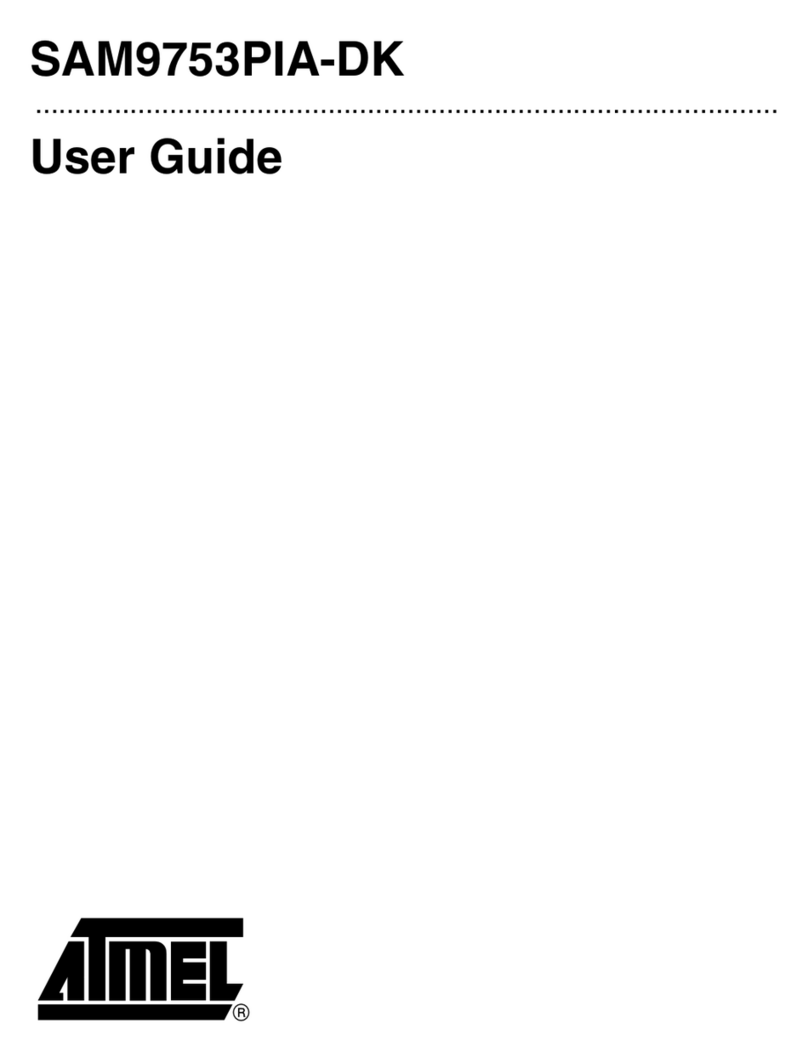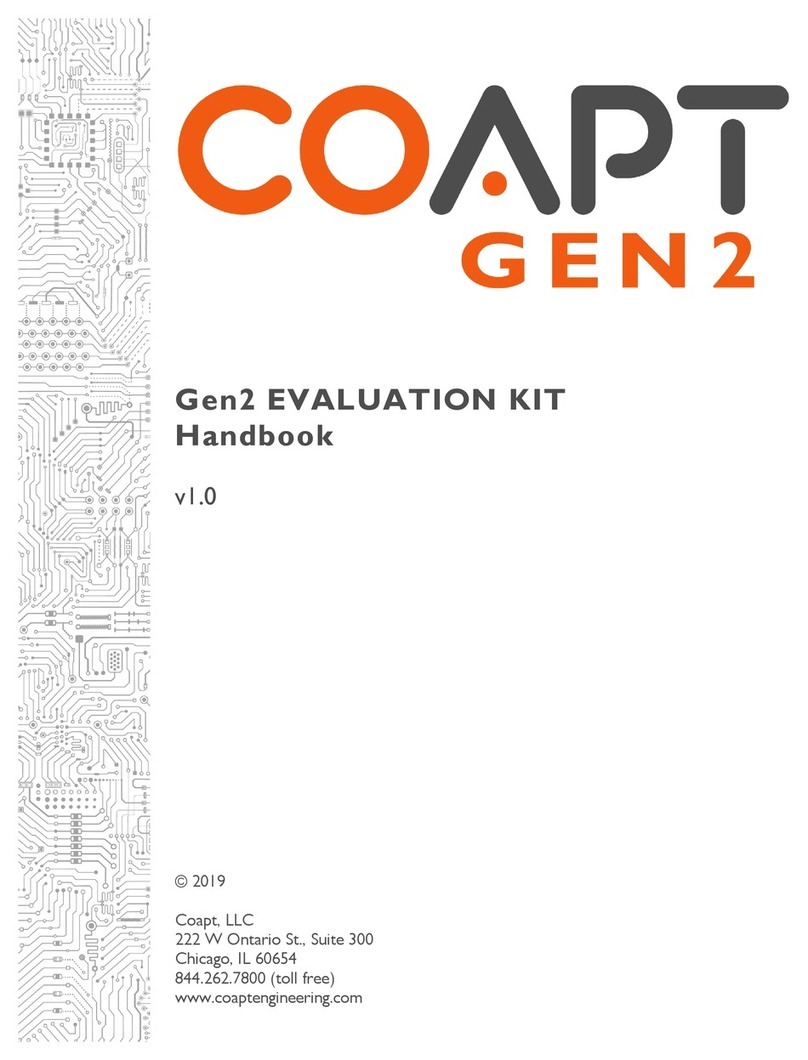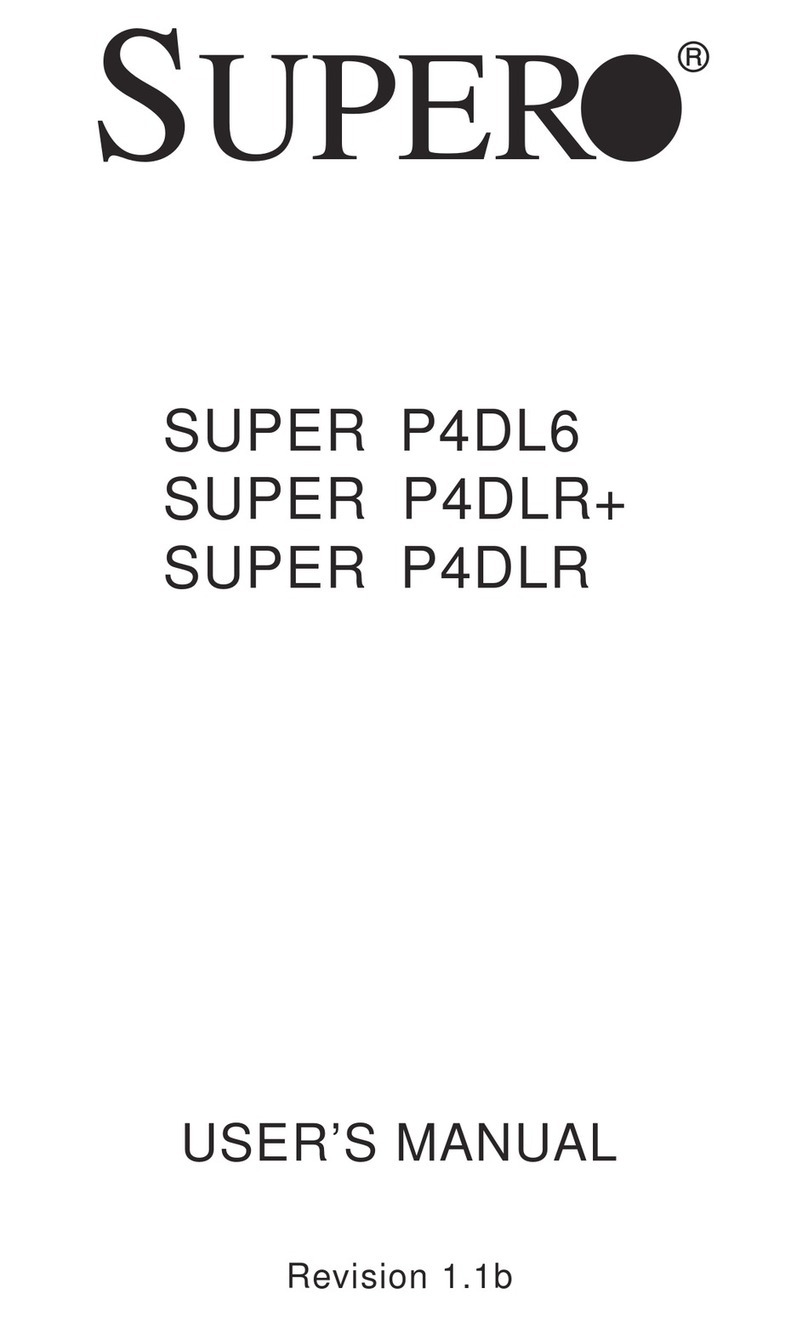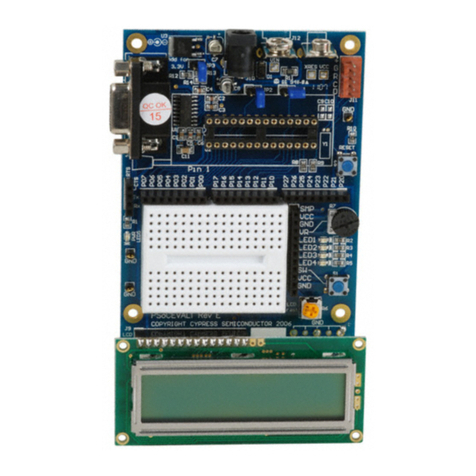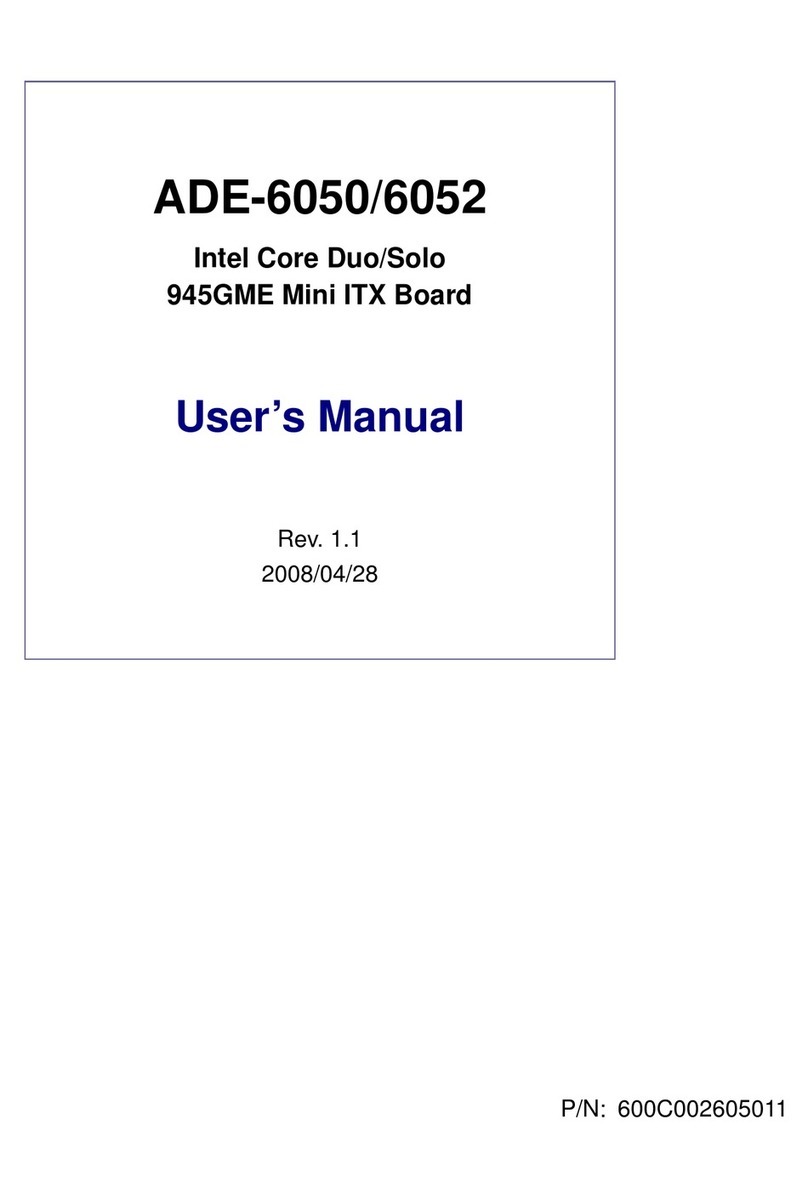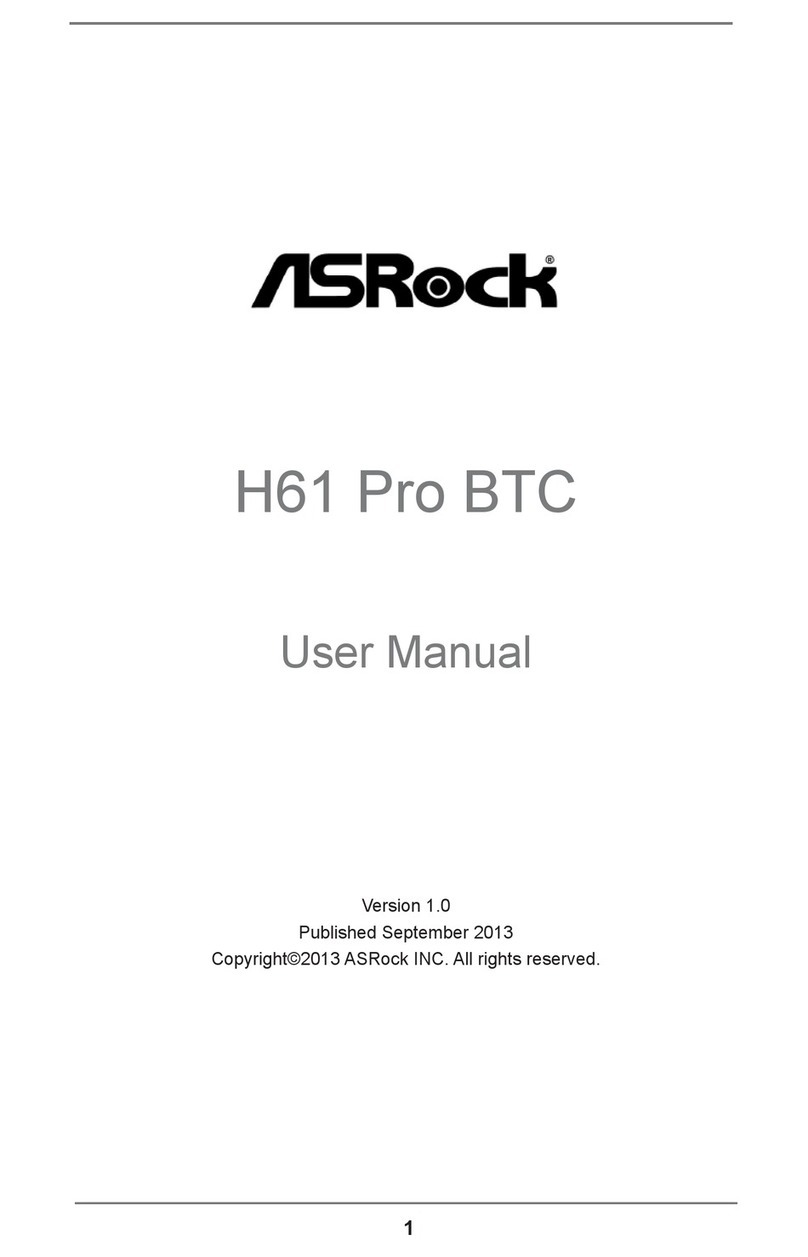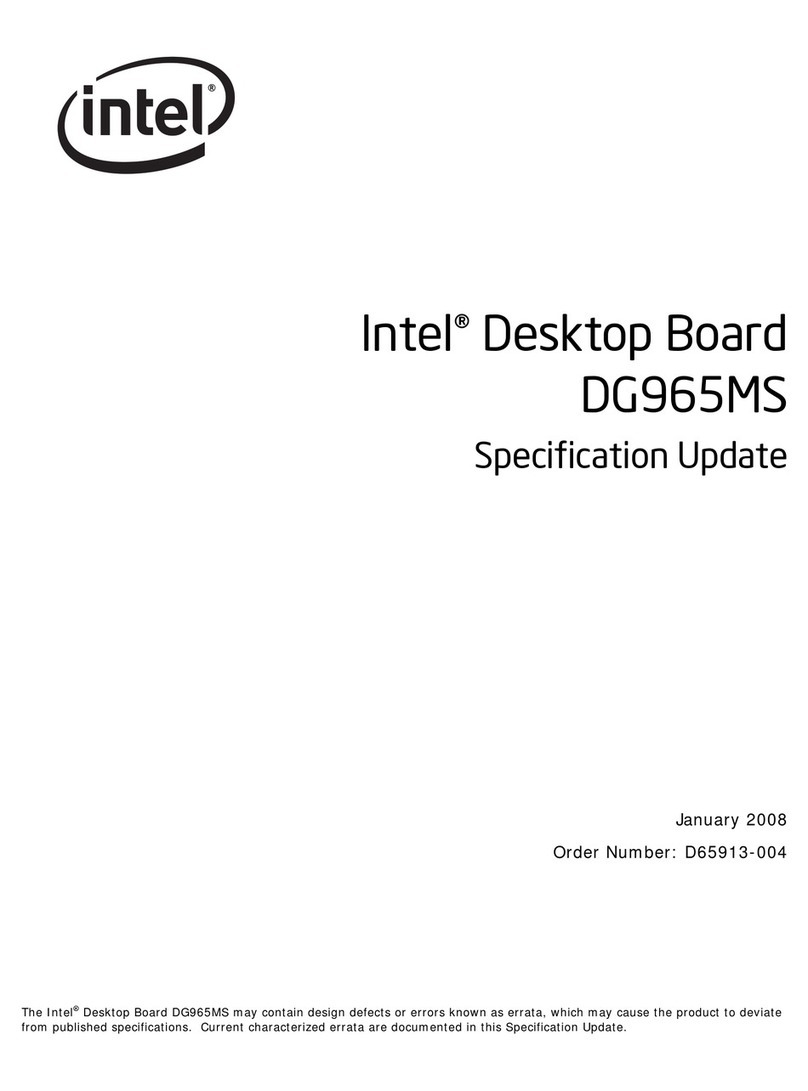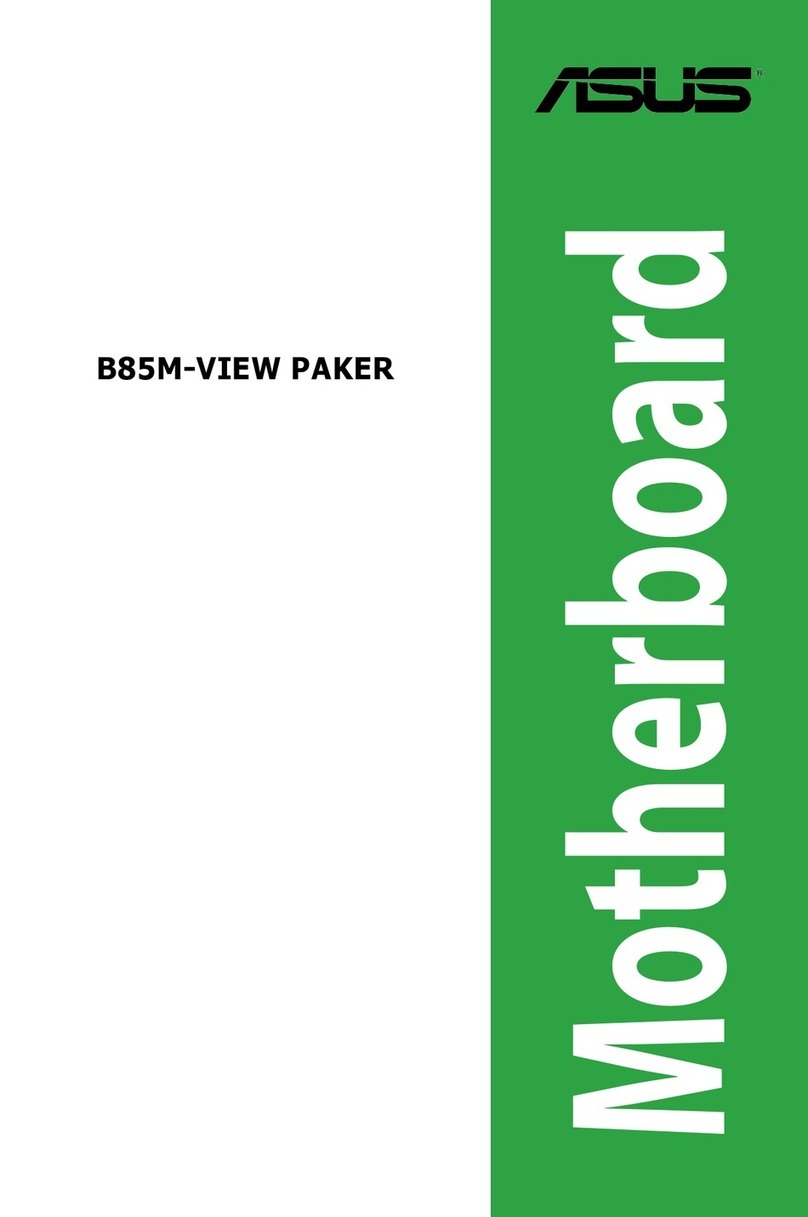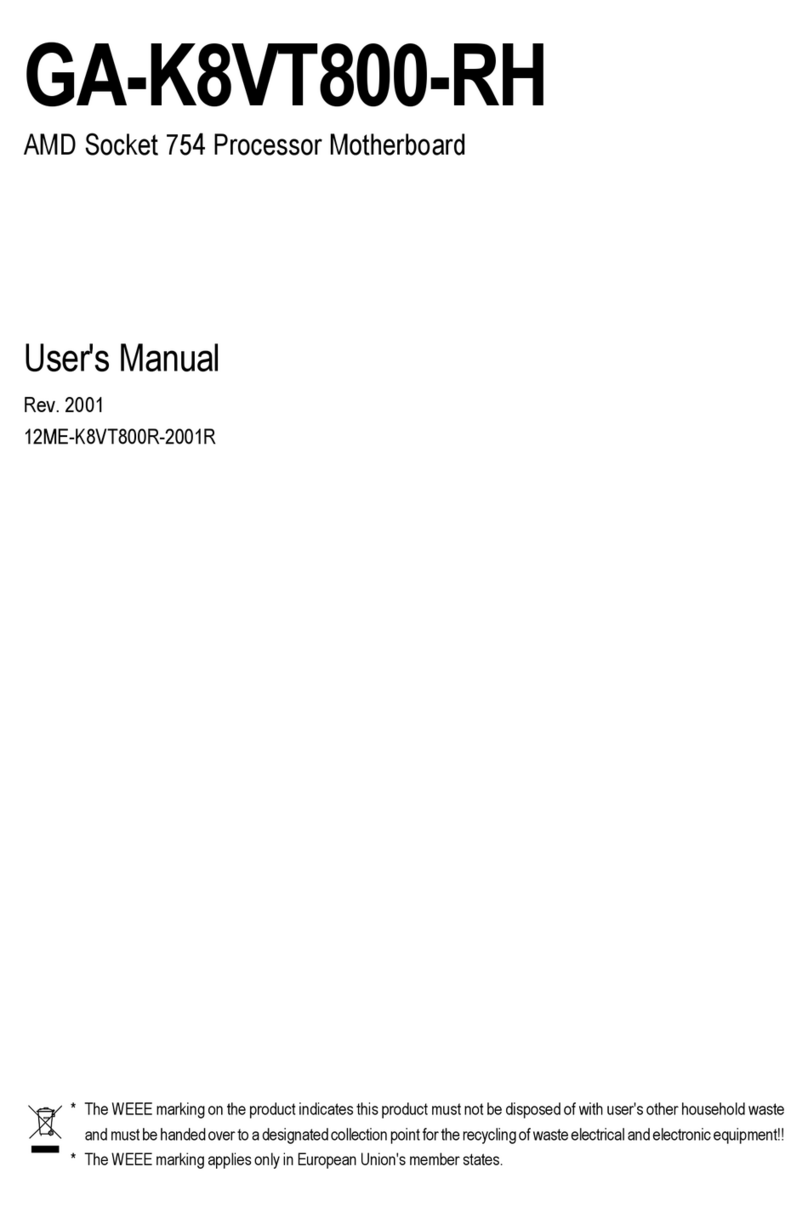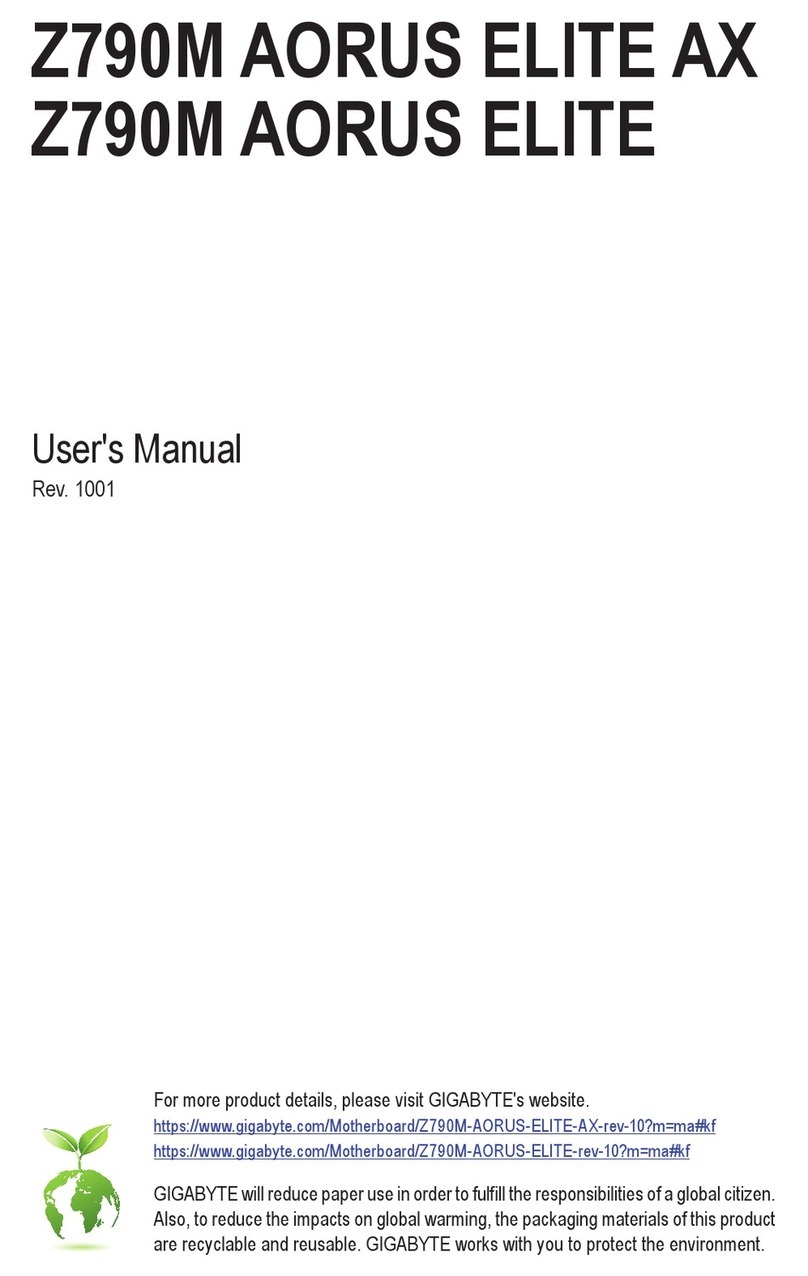
UM11158 All information provided in this document is subject to legal disclaimers. © NXP B.V. 2020. All rights reserved.
User manual Rev. 1.0 — 6 March 2020 10 of 21
NXP Semiconductors UM11158
LPCXpresso55S16 Development Boards
NOTE: if the Debug Probe is set up to boot in DFU mode, the USB bridge functions
(virtual COM port) and Debug Probe features will not be available if the board is not first
initialized by the MCUXpresso IDE.
3.1.1 Installation steps for use with MCUXpresso IDE
Download and install the MCUXpresso IDE.
Configure and download an SDK package (with the MCUXpresso IDE tool chain option
selected) from the MCUXpresso SDK Builder utility (http://mcuxpresso.nxp.com).
Ensure jumper JP8 is fitted in position 1 - 2 (local target powered), and JP7 is not installed
(target SWD enabled). These are the default positions set during board manufacture.
Connect the board to the USB port of your host computer, connecting a micro USB cable
to connector J1. The board will boot and run the pre-installed demo.
The board is now ready to be used with the MCUXpresso SDK examples for the
LPCXpresso55S16.
When the board is used for the first time, it is recommended to force the LPC55Sxx target
into a known state by performing an ISP boot before attempting to run your first example
code. This can be achieved by pressing and holding down the ISP button while pressing
and releasing the reset button or installing the LPC55Sxx ISP jumper.
3.1.2 Installation steps to use Keil and IAR tools with on-board debug probe
Download and install LPCScrypt (https://www.nxp.com/lpcscrypt). This will install required
drivers for the board. Note that the Link2 (LPC4322 device) is pre-programmed with
CMSIS-DAP firmware. If you have previously installed LPCScrypt please ensure version
2.1 or later is installed.
Ensure jumper JP8 is fitted in position 1-2 (local target powered), and J7 is not installed
(target SWD enabled). These are the default positions set during board manufacture.
The Link2 Debug Probe on the board will have been programmed with CMSIS-DSP
firmware during manufacture, but can also be updated with J-link OB for LPC-Link2. To
start the board with this firmware running, ensure JP6 is not installed as power is
connected, so the Link2 Debug Probe boots from internal flash. If you wish to
update/change the Link2 firmware please follow the steps described in Section 4.2.
Connect the Board to the USB port of your host computer, connecting a micro USB cable
to connector J1 ("Debug-Link"). The board will boot and run the pre-installed demo. Allow
about 30 seconds for the Link2 devices to enumerate for the first time. It is not necessary
to check the Hardware Manager on your host computer, however if this is done there will
be five devices (if using CMSIS-DAP protocol); four under Human Interface Devices
(CMSIS-DAP, LPC-SIO, two HID Compliant Devices, and a USB Input Device) and one
under Ports (LPC-LinkII Ucom.)
Your board is now ready to use with your 3rd party tool. Follow the instructions for those
tools for using a CMSIS-DAP probe. MCUXpresso IDE can also be used with the board
after setting up the board this way.

